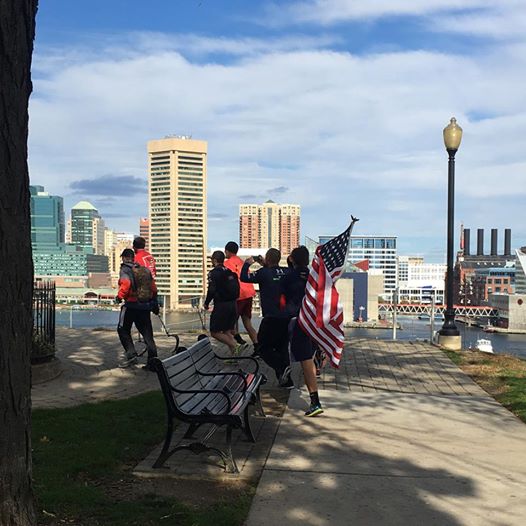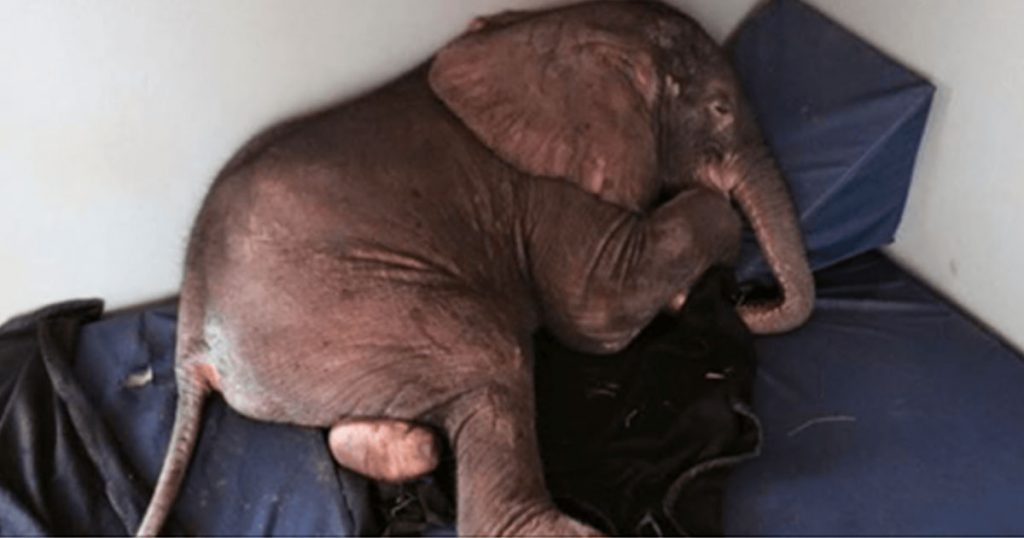Some days, life can feel like a marathon. We get up and get dressed, doing the best we can to get through each moment and make some kind of difference.
Life puts each of us through different sorts of battles. Occasionally, it feels like the tide might be turning — but at other times, the war feels more grueling than ever.
Absolutely no one understands these words better than our own United States veterans. These brave men and women take up a cause far greater than themselves and put their personal comforts, their long-term well-being, and their very lives on the line.
The battle often takes its toll in a range of damaging ways. Sometimes it leaves scars that aren’t readily apparent, but it often exacts a price that’s painfully plain for anyone to see.
Our veterans often return home to a brand new war that involves a fight for renewed identity and wholeness. Dedicated organizations come alongside them for what often amounts to their most courageous journey.
These supportive organizations include the Stephen Siller Tunnels to Towers Foundation, The Coalition to Salute America’s Heroes, and The Semper Fi Fund. But some of the most fervent supporters aren’t actually organizations at all.
Meet Rob Jones, for instance. Nearly a decade ago, this resident of Vienna, Virginia, joined the Marine Corps as a combat engineer and served tours of duty in Iraq and Afghanistan.
While on a 2010 mission to find and clear improvised explosive devices in southern Afghanistan, Jones lost both legs above the knee. He was flown back stateside, where specialists at Walter Reed fitted him with prosthetic legs and helped him learn to walk again.
But nobody needed to teach Jones about being a fierce warrior. For him, the journey definitely didn’t stop with daily strolls.
He met his wife Pam, for example, while qualifying for the 2012 Paralympics in rowing. She’s a Paralympic athlete in her own right, and he earned a bronze medal in his event.
Next, he competed in a 5,180-mile solo bike ride from Bar Harbor, Maine, to Camp Pendleton, California. During this 2013 trek, he raised $126,000 for wounded veterans.
Then, earlier this year, Jones decided that he wanted to raise $1 million for the three veterans’ charities noted above. In the process, he hoped to increase worldwide awareness for the tremendous sacrifices veterans make to preserve our national freedoms.
So in early October, he was off — running 31 marathons in 31 major cities over 31 days. This impassioned odyssey carried him across three countries, 22 states, and eventually back to the National Mall in Washington D.C. for the grand finale.
Pam Jones told media outlets that her husband decided on his “month of marathons” because he wanted to do something both memorable and original. He could have technically opted for the shortest month at 28 days, she noted, “but he would never have been satisfied unless he made it as hard as he could for that challenge.”
So for an unbroken 31-day month, Jones subsisted in an RV with his wife, his mom Carol, and a friend who handled driving duties. At each new stop, he would arise early, strap on his prosthetic legs, and proceed to run 26.2 miles.
As in the beloved 1994 film “Forrest Gump,” Jones was frequently joined by others who ran alongside him to show support. Some were weekend athletes, some were encouraging fans, a few were casual joggers, and many were fellow veterans.
That chilly morning on the National Mall, one of those veterans was Major Ryan Cohen. Jones’ commander on that fateful 2010 Afghanistan mission, Cohen came along on the first part of the run — then stayed to continue cheering.
“There’s no better example in our country than men like Rob Jones,” Cohen told media outlets. “He was the fire within the company.”
For Jones’ part, he’s explained that he simply wants people to realize wounded veterans are not broken veterans. “A wounded veteran is just somebody who needs to find their new path,” he said, “and how they’re going to keep fighting and contributing to their country.”
It would seem that Jones himself has forged a brand new path serving as a real-life role model for others. His blazing example reminds us that, regardless of where life might lead, ultimate triumph is defined as the steadfast refusal to stop moving forward.






